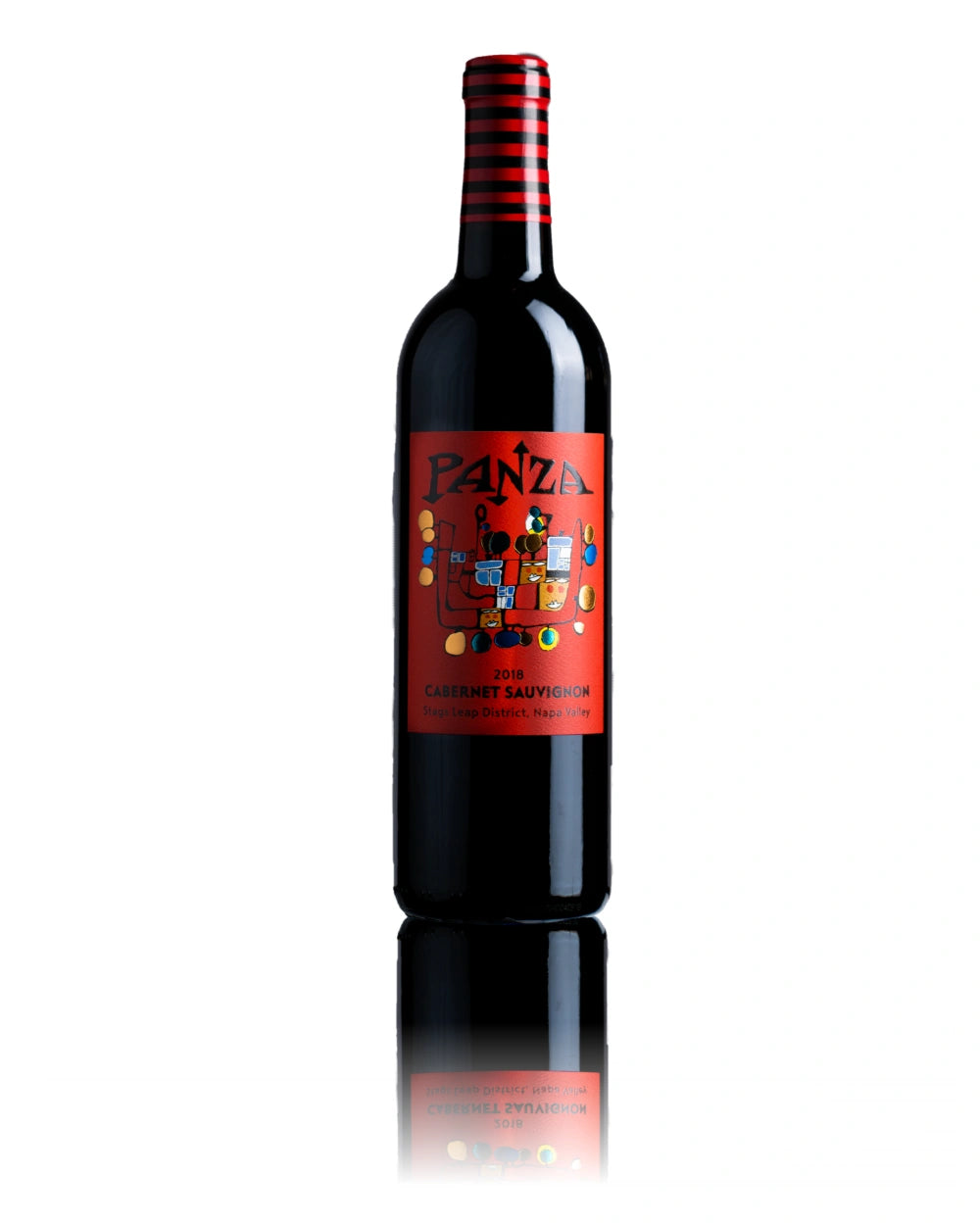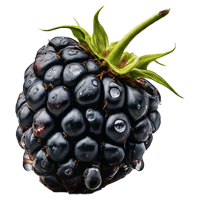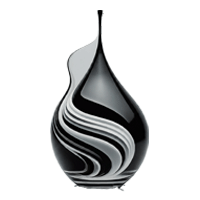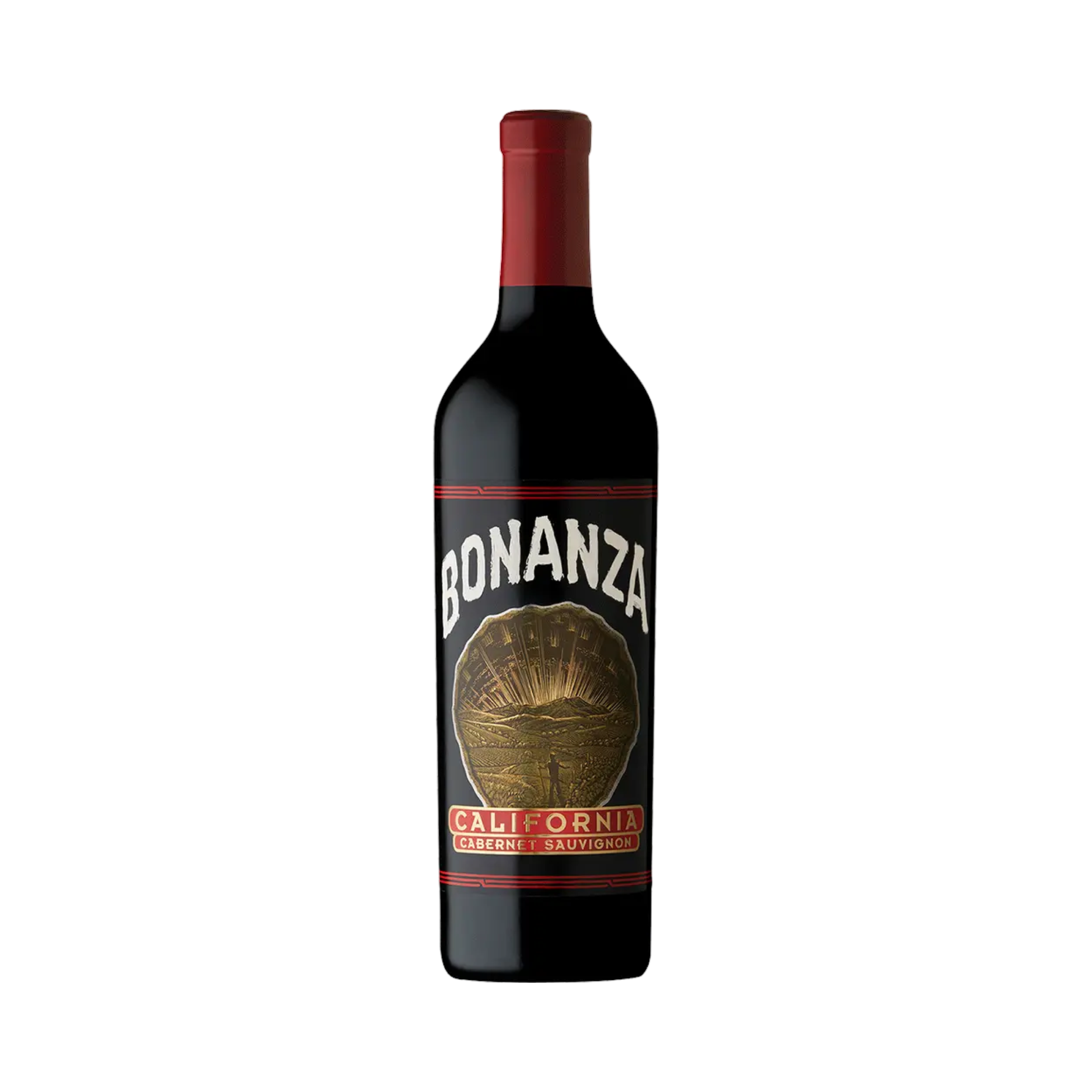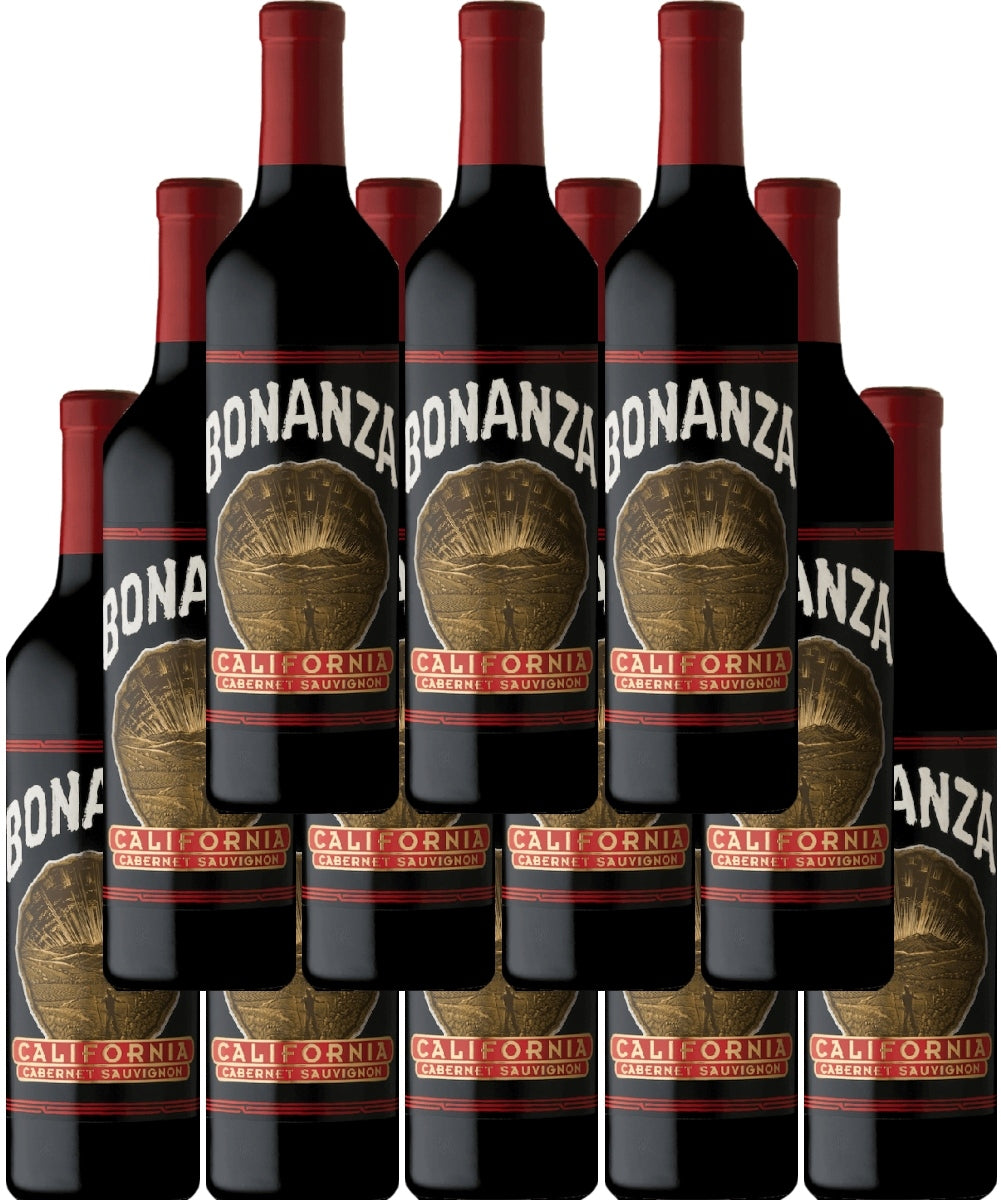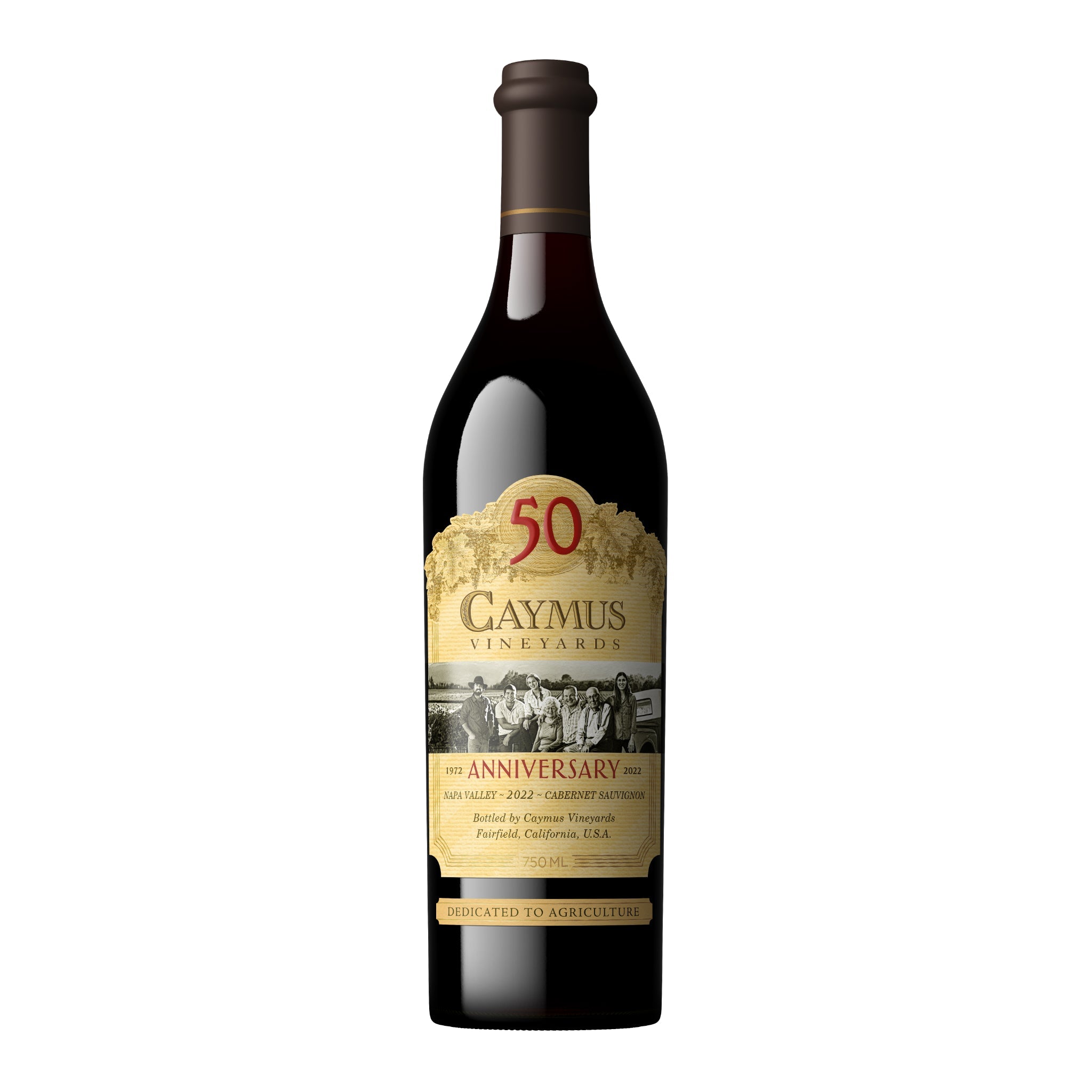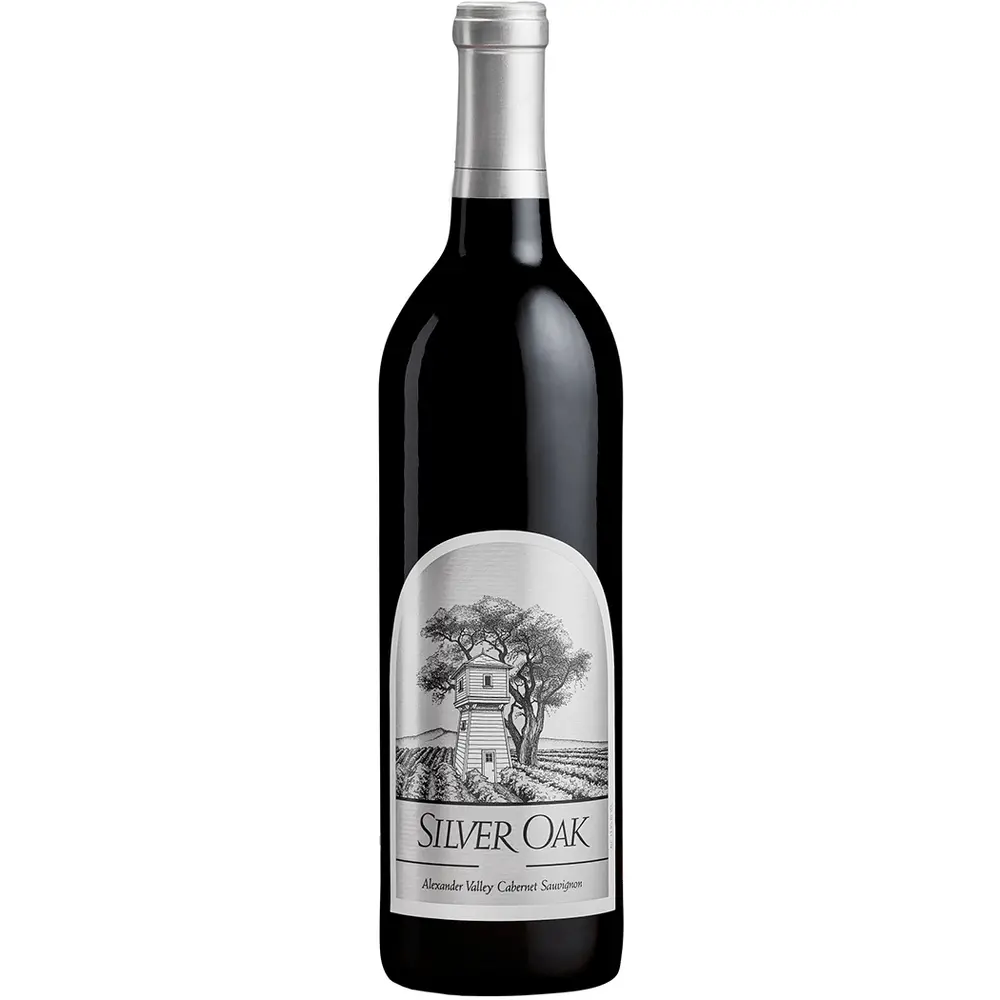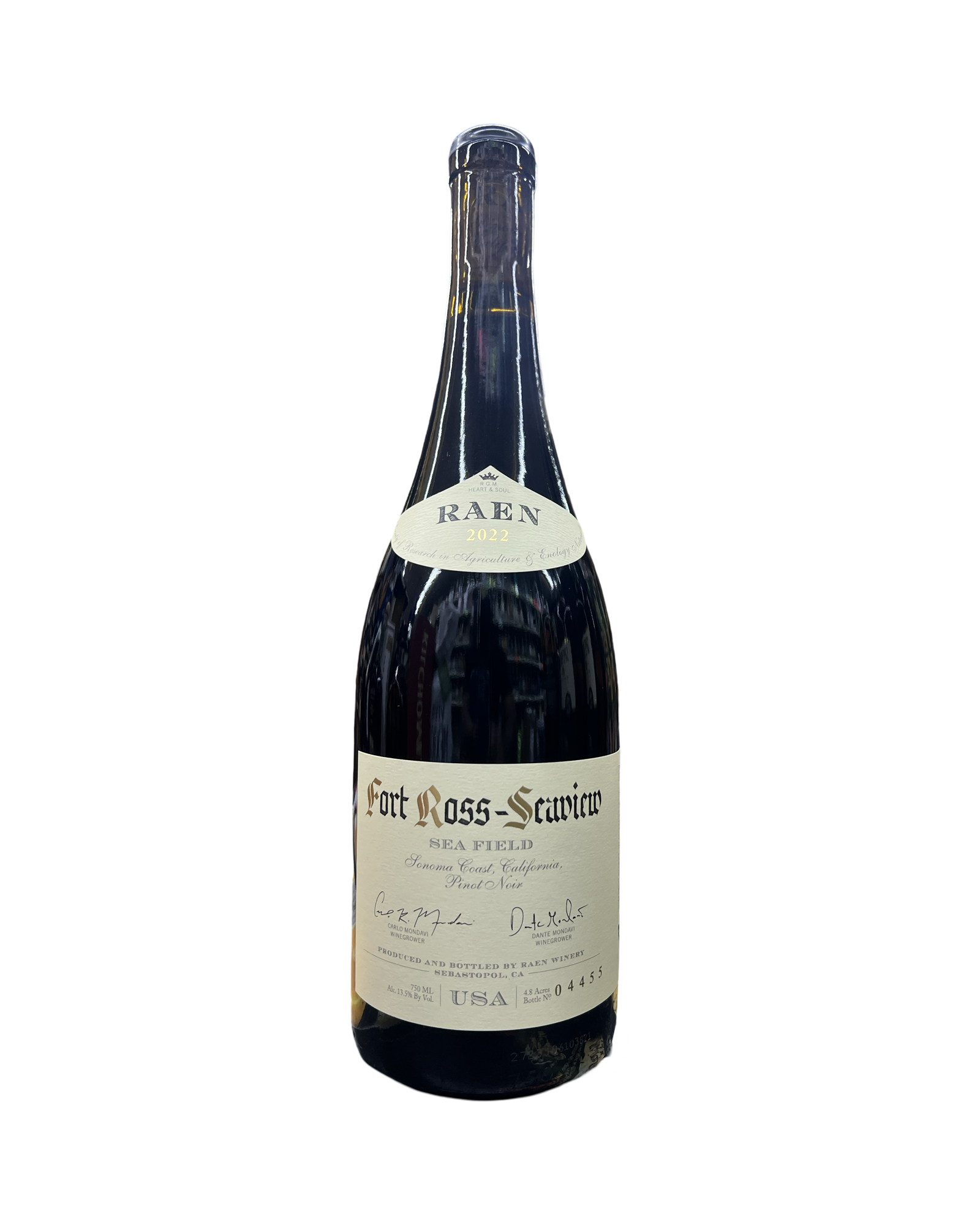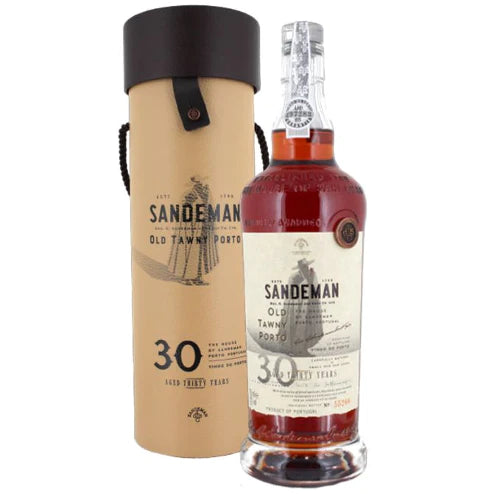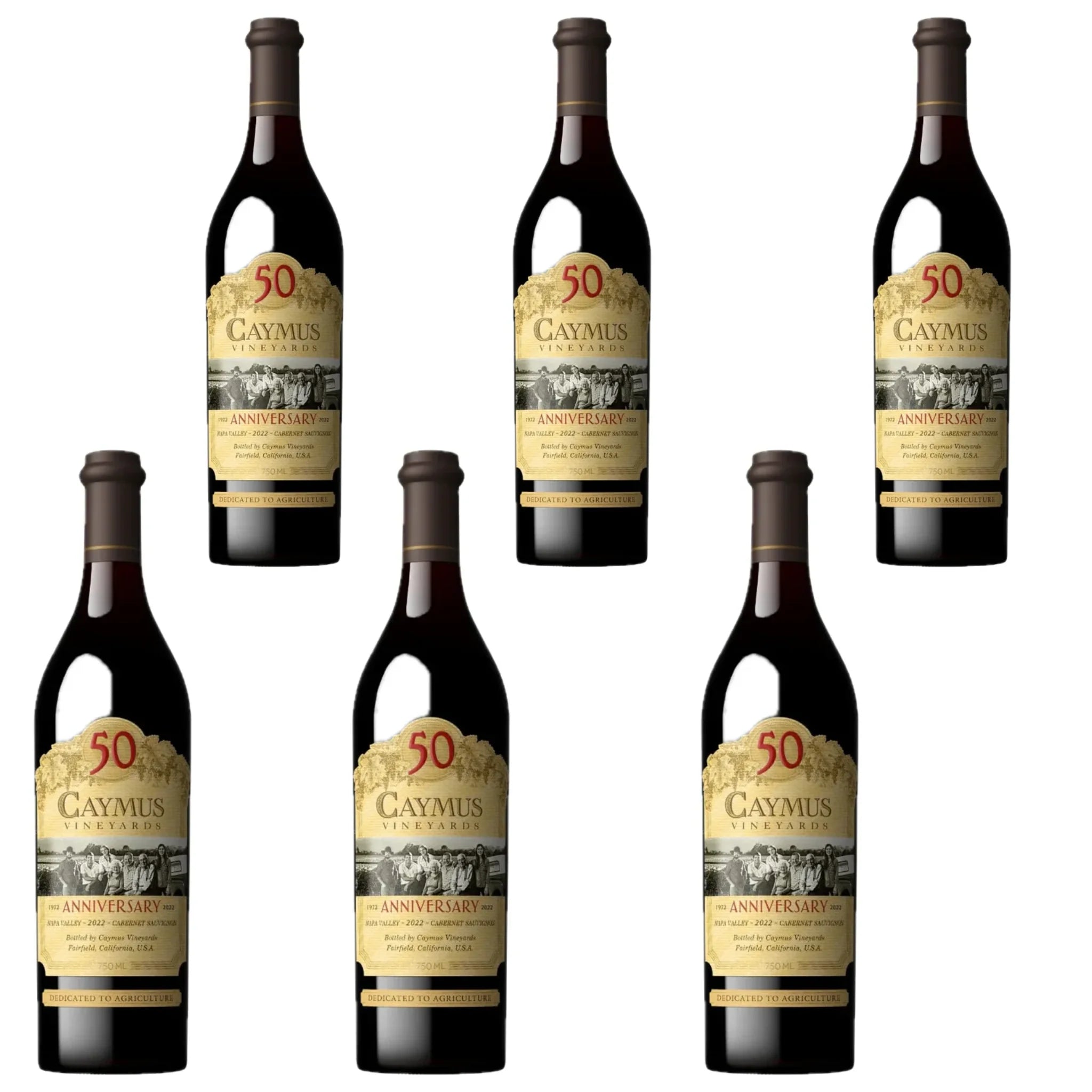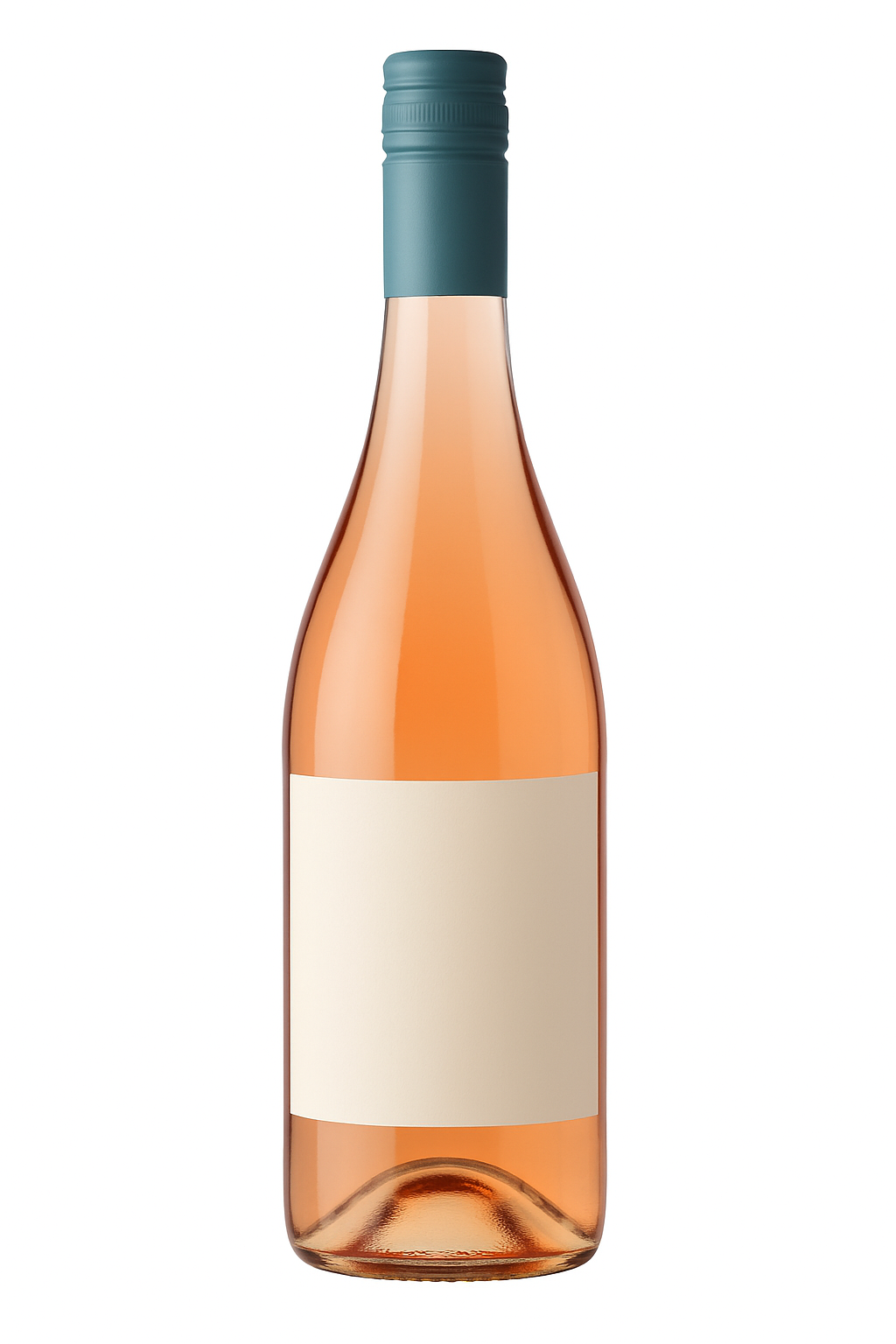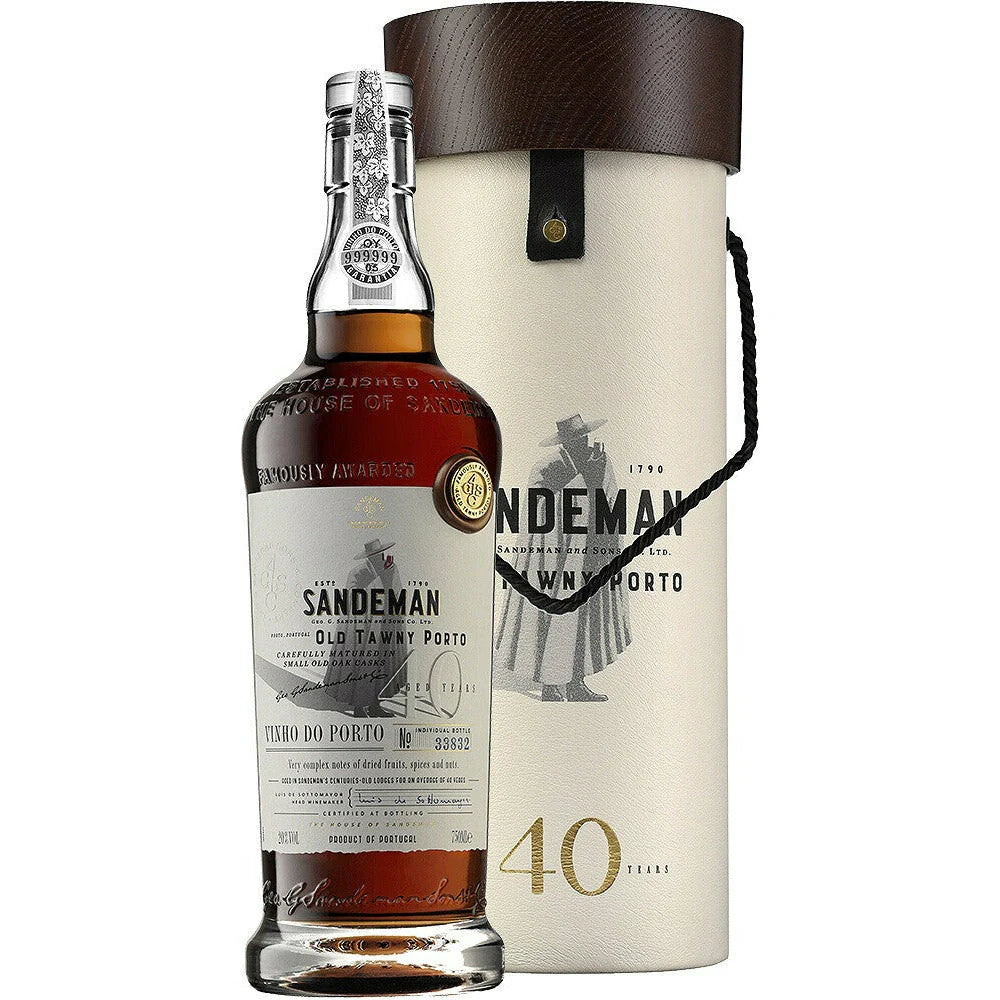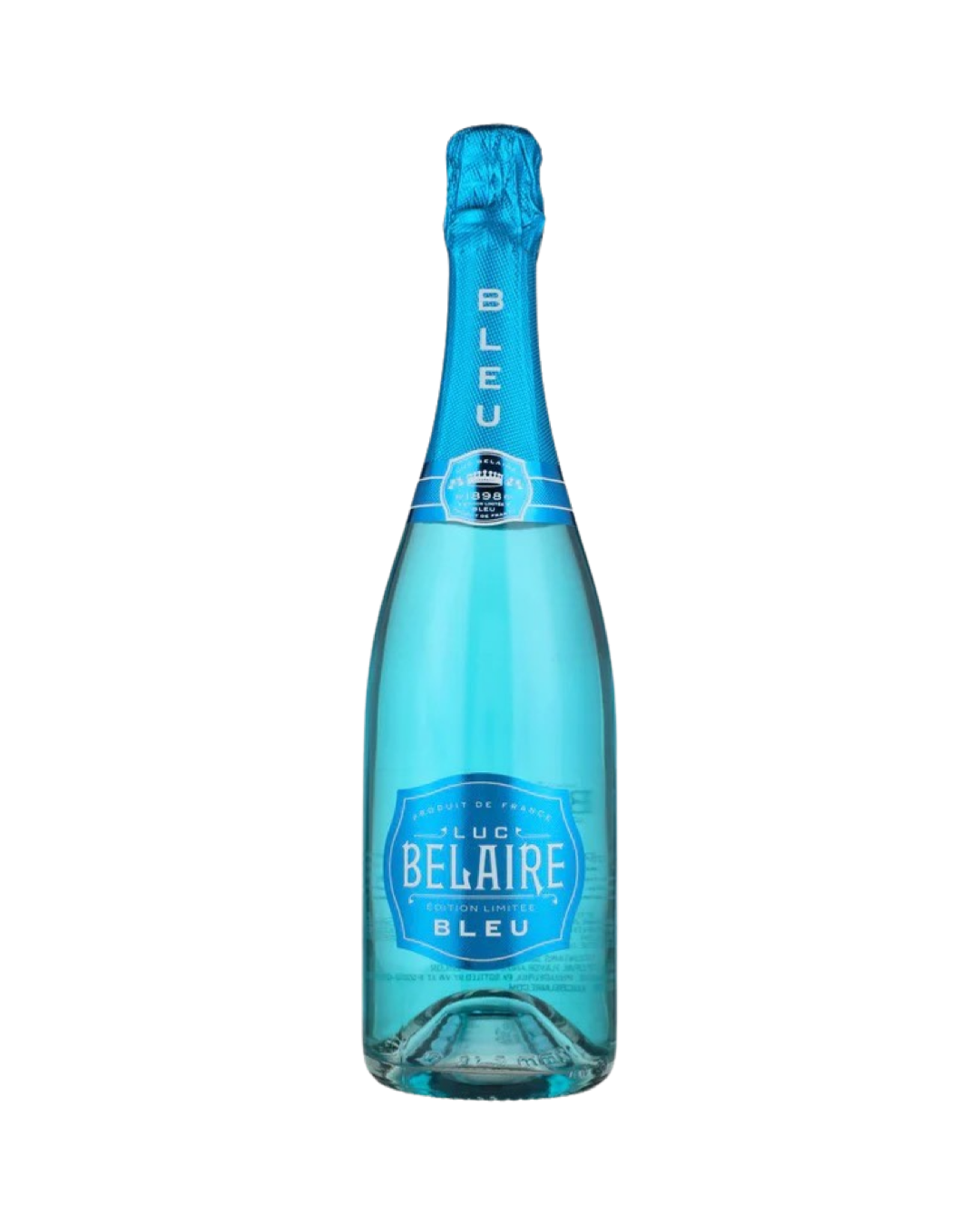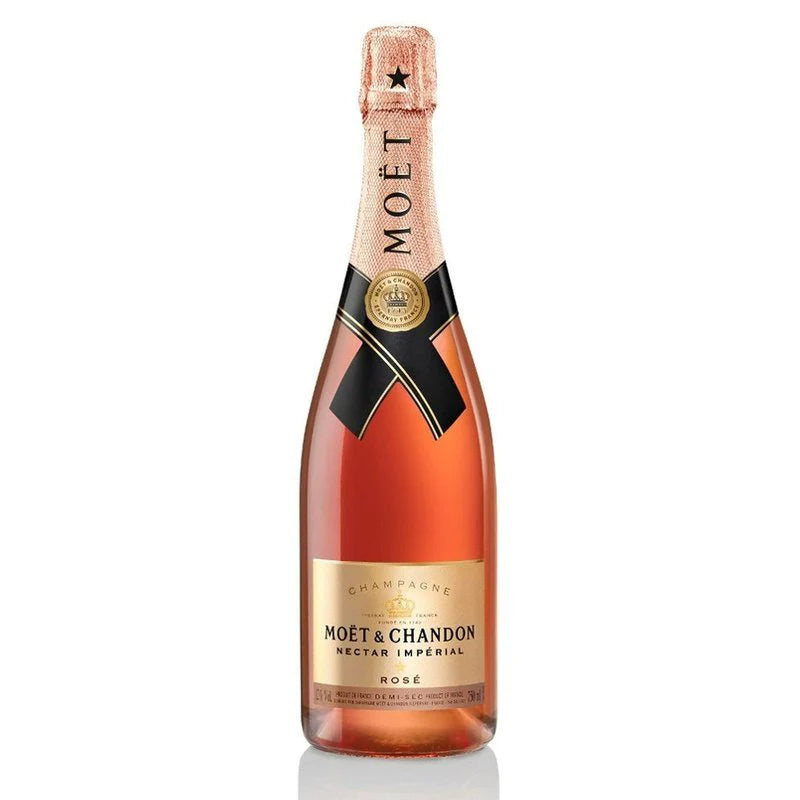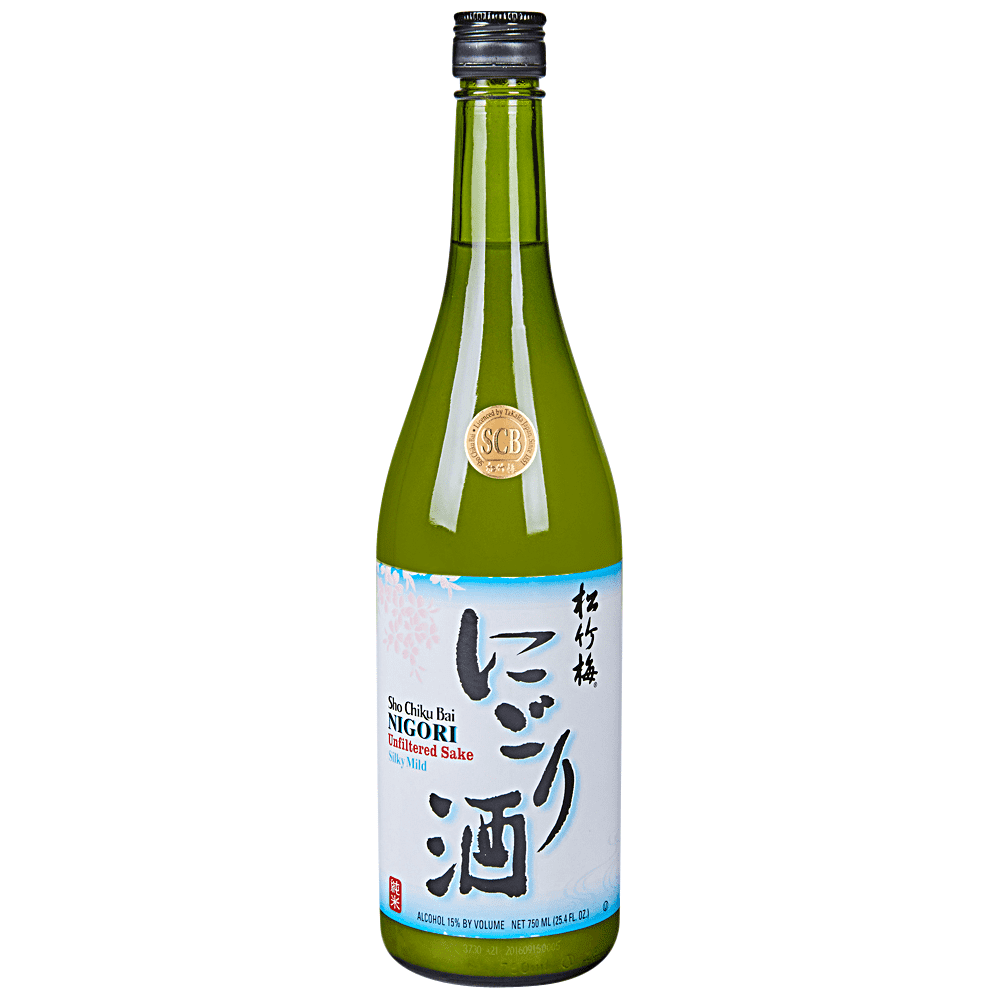
Brand History
Red wine, a cherished beverage throughout history, is derived from dark-colored grape varieties. Its deep hue, ranging from intense violet to brick red and even brown with age, is a visual delight that complements its rich and complex flavors. The process of making red wine involves the fermentation of the grape's skin, seeds, and sometimes stems, which impart tannins and contribute to its distinct structure and longevity.
The history of red wine dates back thousands of years, with archaeological evidence suggesting that wine production began as early as 6000 BC in regions like present-day Georgia and Iran. It was a vital part of ancient civilizations, revered by Egyptians, Greeks, and Romans, each culture infusing their own methods and traditions into winemaking. The Greeks worshipped Dionysus, the god of wine, and the Romans, under Bacchus, expanded viticulture across Europe, establishing vineyards that laid the foundation for many of today's renowned wine regions.
Over the centuries, red wine evolved with the influence of monastic orders, particularly in medieval Europe, where monasteries became centers of viticulture. Monks meticulously documented their practices, leading to advancements in grape growing and wine production techniques. The Renaissance period saw the rise of wine as a symbol of...





